
Jennifer Kemarre Martiniello’s Glass Acts
Telstra National Aboriginal and Torres Strait Islander Art Awards 2025 finalist Jennifer Kemarre Martiniello has spent decades crafting an art practice that weaves together memory, heritage and form.
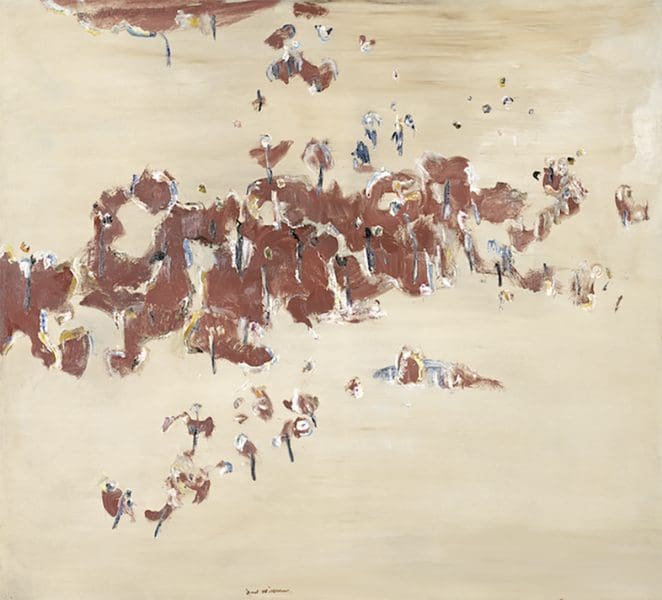

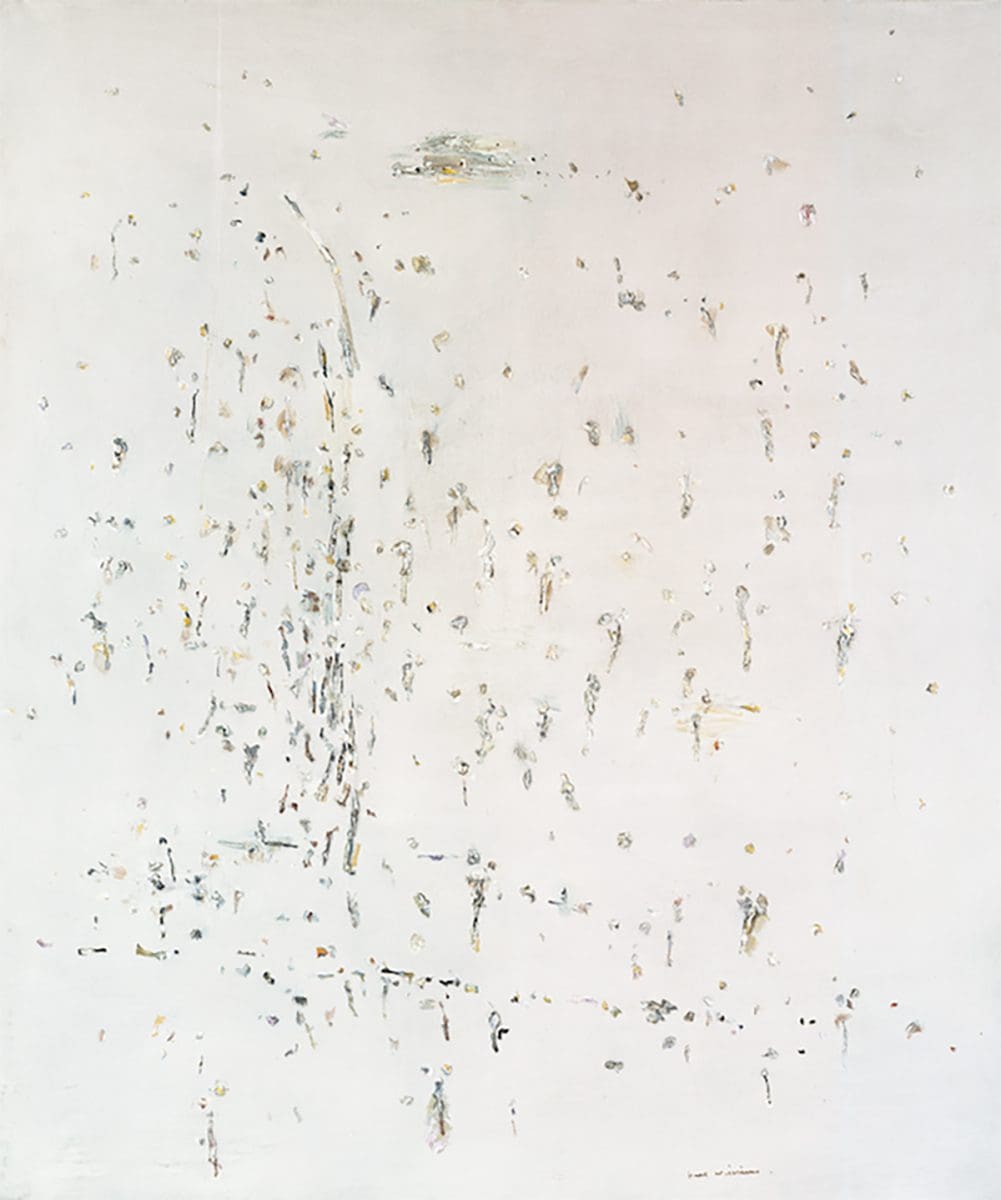

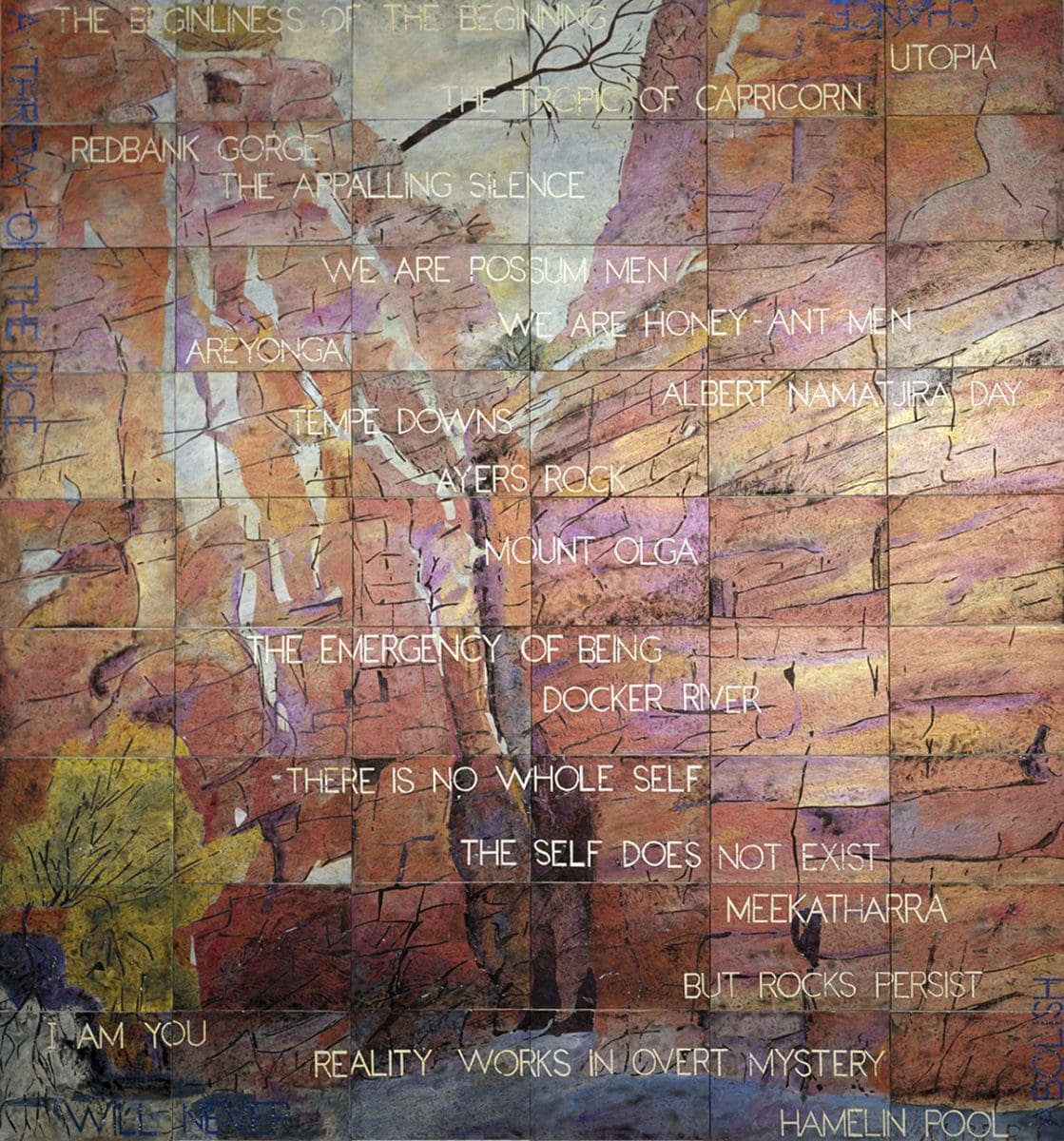
The pale indigo ridges of the You Yangs hug the horizon 20 kilometres out from Geelong in Victoria. Swelling gently up to Flinders Peak, they are all the grander for the low expanse of Werribee Plain beneath.
In the 1960s, Fred Williams lugged his gouaches and prepared sheets up the scrubby paths from the Big Rock car park; a diligent student of the granite tors, scattered trees and their shadows. His paintings have shaped the way that Australians see their landscape, and the example of his industry and innovation has inspired generations of Australian painters.
At Geelong Gallery, within cooee of the You Yangs, director Jason Smith has curated a homecoming for 65 of Williams’s paintings. Fred Williams in the You Yangs gathers the full complement of studies and paintings made between 1963 and 1965, accompanied by a comprehensive monograph and VR installation. “It’s about locality and landscape,” explains Smith, “It’s also a remarkable piece of art history. The You Yangs was Fred’s turning point; it’s where he developed the classic Williams painterly mark.”
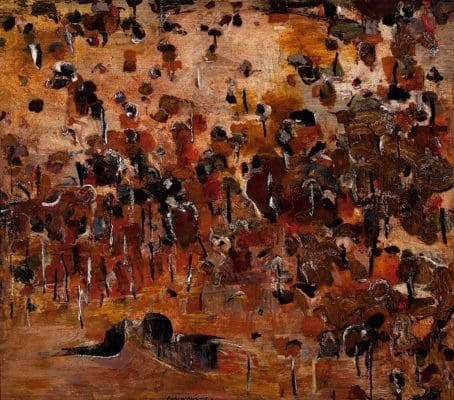
Fred Williams’s style of this time was uncannily dualistic: sparse, yet made from a prolific repertoire of marks and hues. “His application of colour was sophisticated, with forms built from multiple, interacting colours,” says Smith. In the You Yangs, Williams upturned his philosophy of painting. He abandoned descriptive realism and instead wrought a language of calligraphic, idiomatic brushstrokes and a flattened, wide-ranging perspective.
The Australian-ness of the You Yangs work is compelling. Although particular to Geelong, Williams’s vision of a bare, open land resonates across the country. While European vistas roll with mountains, Australian painters encounter flatness. After six years in London, this difference became obvious and urgent to Williams. “When Fred came back, he saw Australia with fresh eyes,” says Smith. “For him, a feature of the Australian landscape was its featureless-ness and the view from the You Yangs is a clear demonstration of that. It’s just scrub, trees and pathways. His challenge was to make paintings that were alive and fresh, but still of the landscape.” Most of Williams’s paintings from this era featured craggy hillsides or Big Rock, a huge granite dome affording near-aerial views over the plain. “It’s breath-taking out there,” says Smith.
Williams’s legacy is broad and lasting. “He made a bridge between abstraction and representation,” says Smith. “It’s a bridge that liberates good painters. He also had an exceptional work ethic, real discipline. These are remarkable lessons for contemporary artists.” And Australian painters such as Imants Tillers, Aida Tomescu and Dan Kyle have all learned something from Fred Williams.
For well known artist Imants Tillers, Williams has been a slow-burning influence. “To me and my peers in the 1970s, Williams embodied this quite conservative landscape tradition. Two things changed that for me. One was moving from Sydney to Cooma, near the Snowy Mountains.” Buffered from a demanding art world, Tillers turned towards the land, its workers and agricultural cycles. His esteem for Williams was also fanned by the wider, retrospective comparison of Williams with Indigenous artists. “Aboriginal artists, particularly the Papunya Tula movement, they gave landscape a new viability. Aboriginal artists are starting to win the Wynne Prize. The penny has finally dropped that Aboriginal art is all about land, country,” he explains. “I feel that Fred is the only non-Indigenous landscape artist who stands up with Aboriginal artists. I started to look at his work differently.”
For Tillers, Williams is both an emblem of Australian landscape and an exemplar of artistic integrity and growth. “As I get older I’ve become very interested in the lives of artists that I like,” he says. “With Fred, you sense a high degree of commitment. That’s really the most important thing. He was willing to change direction, and I take that from him. I never thought I’d become a landscape painter.”
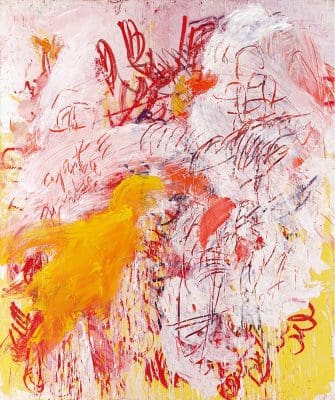
Williams’s experimentation and autodidactic fervour have encouraged many subsequent artists. Sydney-based painter and Wynne Prize winner Aida Tomescu sees in his painting an understated defiance against the overwhelming romanticism of historical Australian painting and against any propensity to narrow himself to a single subject, style or philosophy. “I am attracted to the freedom and playfulness of Fred’s approach: his willingness to let the painting exist as a metaphor for the landscape rather than be trapped by description,” she says. “His resistance to representation opened the possibility for a painter like me to work here.”
Tomescu’s own painting is festive, almost kinetic, built up in thickly applied layers, each brushstroke at once obliterating and intensifying the one beneath. It is both entirely abstract, and in Jason Smith’s words, a “marvellous, ethereal, metaphysical space.” As with Williams, Tomescu’s painting is determined by individual touch, like handwriting. “I am aware of what is over my shoulder as much as what is in front,” she explains. “Moving forward in my practice relies significantly on allowing painting, and materials, greater freedom to transcend local conditions, to open into a larger ecology.”
In his Kurrajong studio, emerging landscape painter Dan Kyle remembers his first glimpse of a Williams reproduction: “I would have been sixteen,” he recounts. “The book Australian Painters was lying around my grandparent’s art shop. I was just starting to paint, to think properly about being a painter. It was one of his Sherbrooke Forest paintings.” Kyle regards Williams as a paragon of good, indefatigable practice. “He was studious, painting all the time, trying to find the perfect language for himself,” Kyle says. “This is what you have to do, something I want to follow.” Working beside the Blue Mountains National Park in NSW, Kyle’s practice unfolds with immediacy to the landscape. He paints and walks daily among the tall, pale angophora trees. The solitude of this regime is no deterrent. “My life is centred on this little bush studio on a large property. I came here to paint,” he explains. “In the game of landscape painting, you have to focus, put in time.”
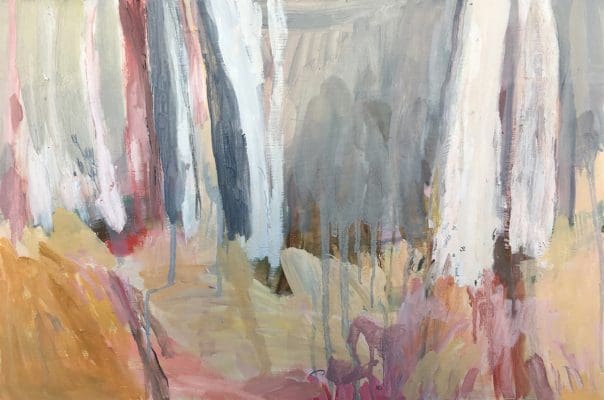
Both Kyle and Williams place uncommon parity between their desire to locate what’s essential about the bush and their drive to paint a great picture. For each, in situ documentation of the land is usurped in the studio by picture crafting and brushwork. “I saw a video of him painting,” says Kyle. “We do it sort of the same: looking and putting. At some point the painting gains autonomy and the landscape is no longer as important as the picture.” The artist notes with admiration that Williams never seemed to reach for the fool’s gold of a ‘mature’ or definitive idiom. “He had a hunger to learn more. You can see his constant natural shift. His sustained inventiveness: that drives me.”
And Fred Williams did more than just inspire fellow painters. More widely, he kindled in Australians a better grasp of their landscape, its light, its wonderfully crooked shapes, ancientness and immensity. “We move through the land and think ‘that looks like a Fred Williams’ instead of ‘a Fred Williams looks like this,’” observes Smith. “Somehow, he unlocked a vision of the landscape that is immediately recognised by so many people. He transformed they way we see.”
Fred Williams in the You Yangs
Geelong Gallery
19 August – 5 November